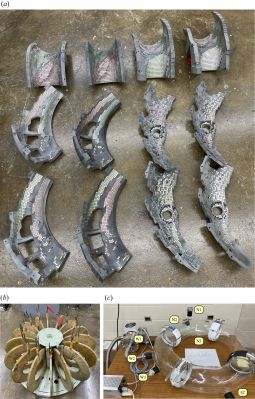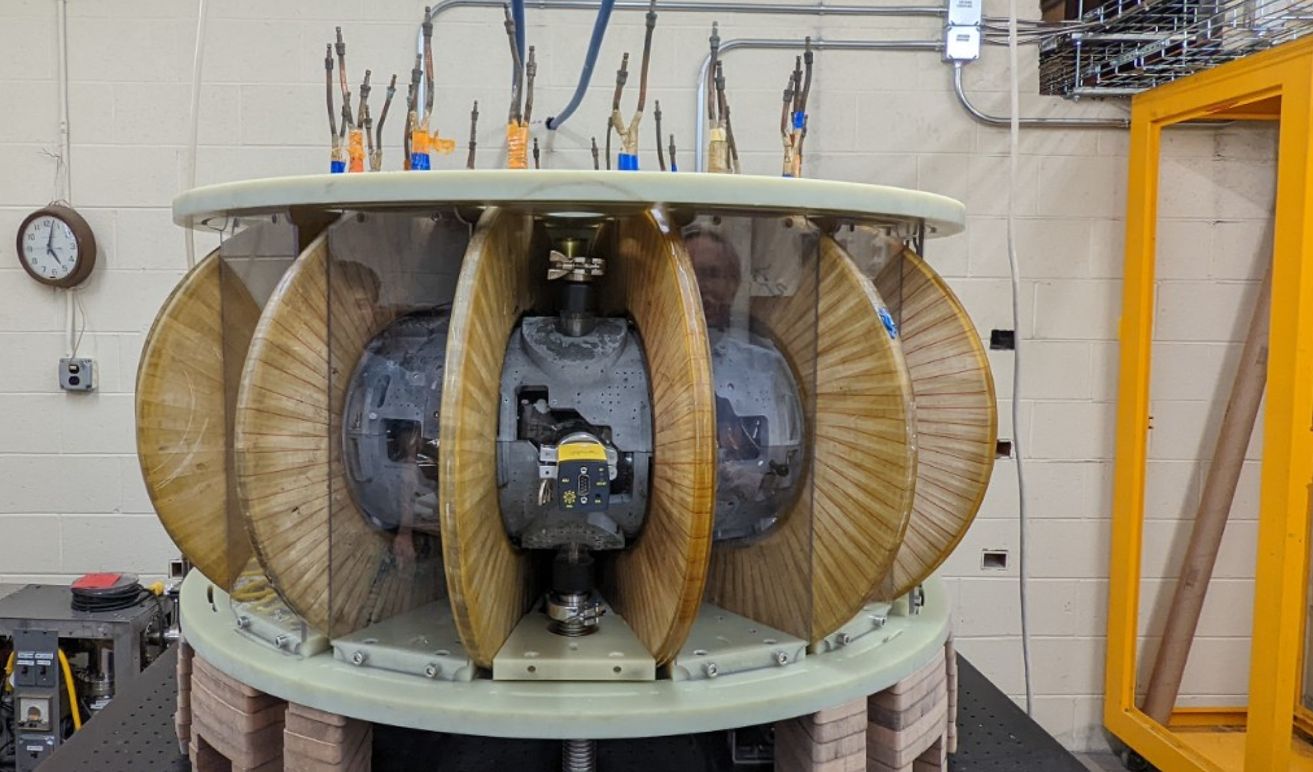
When you think of a fusion reactor like a tokamak or stellarator, you are likely to think of expensive projects requiring expensive electromagnets made out of exotic alloys, whether superconducting or not. The MUSE stellarator is an interesting study in how to take things completely in the opposite direction. Its design and construction is described in a 2023 paper by [T.M. Qian] and colleagues in the Journal of Plasma Physics. The theory is detailed in a 2020 Physical Review Letters paper by [P. Helander] and colleagues. As the head of the Stellarator Theory at the Max Planck Institute, [P. Helander] is well-acquainted with the world’s most advanced stellarator: Wendelstein 7-X.
As noted in the paper by [P. Helander] et al., the use of permanent magnets can substantially simplify the magnetic-field coils of a stellarator, which are then primarily used for the toroidal magnetic flux. This simplification is reflected in the design of MUSE, as it only has a limited number of identical toroidal field coils, with the vacuum vessel surrounded by 3D printed structures that have permanent magnets embedded in them. These magnets follow a pattern that helps to shape the plasma inside the vacuum vessel, while not requiring a power supply or (at least theoretically) cooling.
Naturally, as noted by [P. Helander] et al, a limitation of permanent magnets is their limited field strength, inability to be tuned, and demagnetization at high temperatures. This may limit the number of practical applications of this approach, but researchers at Princeton Plasma Physics Laboratory (PPPL) recently announced in a self-congratulatory article that they will ‘soon’ commence actual plasma experiments with MUSE. The lack of (cooled) divertors will of course limit the experiments that MUSE can be used for.
